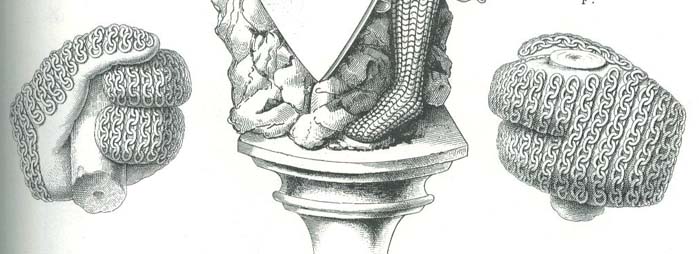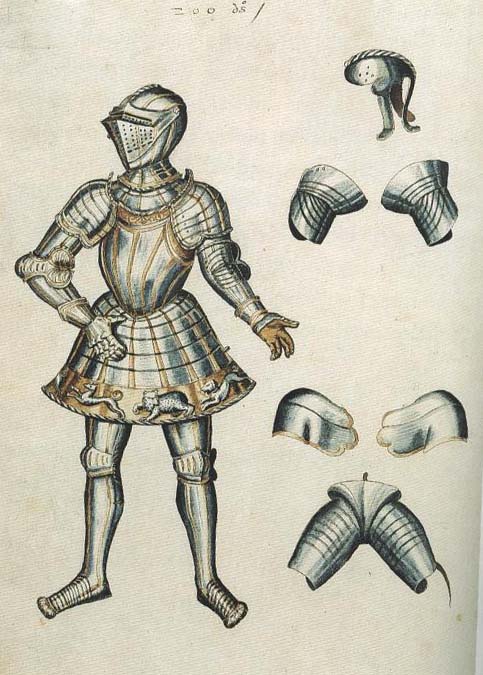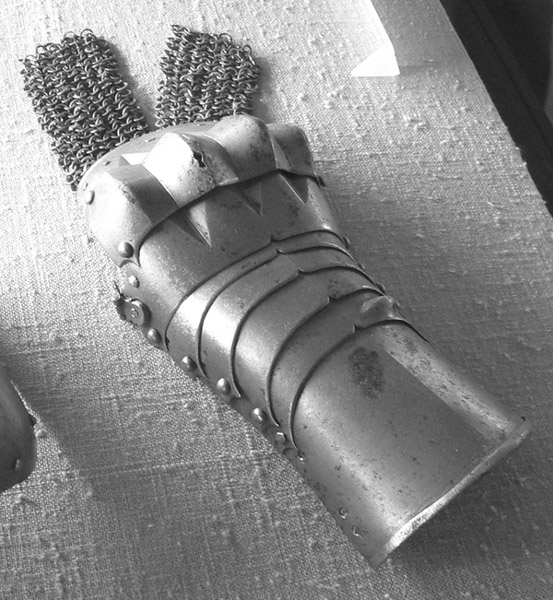These have thumbs and places for pairs of fingers. Anyone have any more pictures of these? My own (limited) experience comes from finger gauntlets. What would be the advantages of things like these over finger or mitten gauntlets?

Split mail mittens from Hefner-Alteneck's Medieval Arms & Armor

Tonlet Armour of Charles V from Resplendence of the Spanish Monarchy

Detail of gauntlet

Drawing of harness
